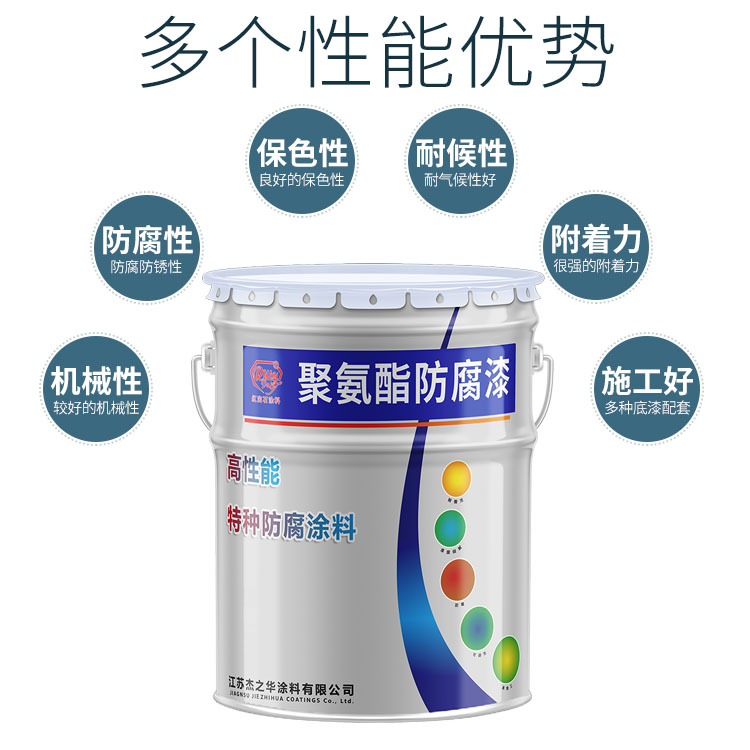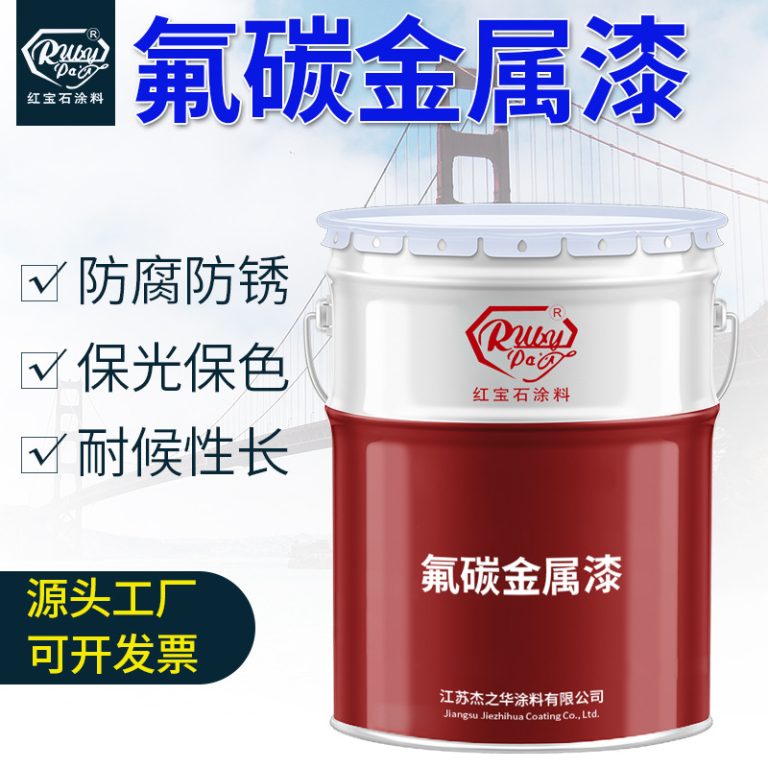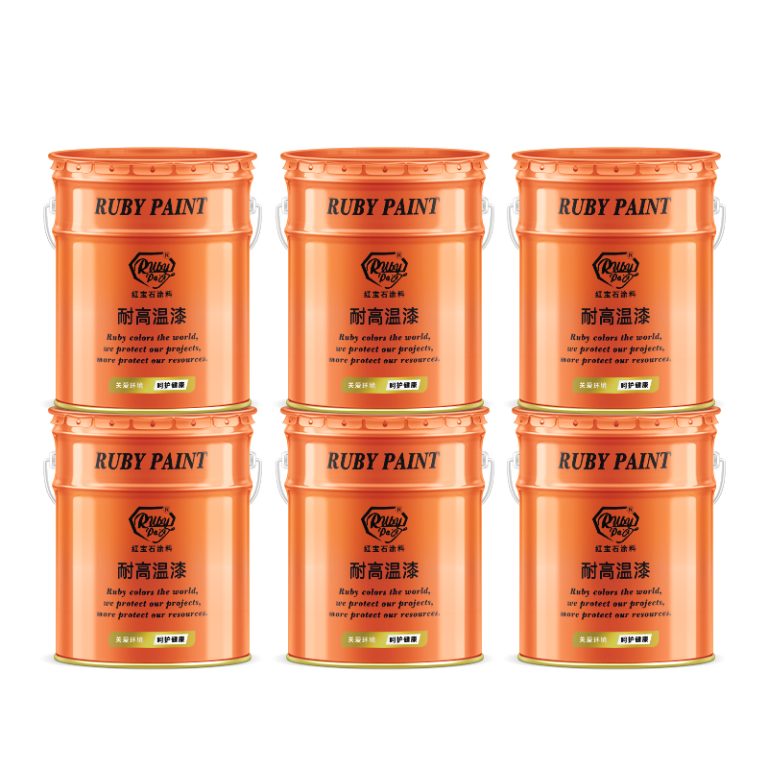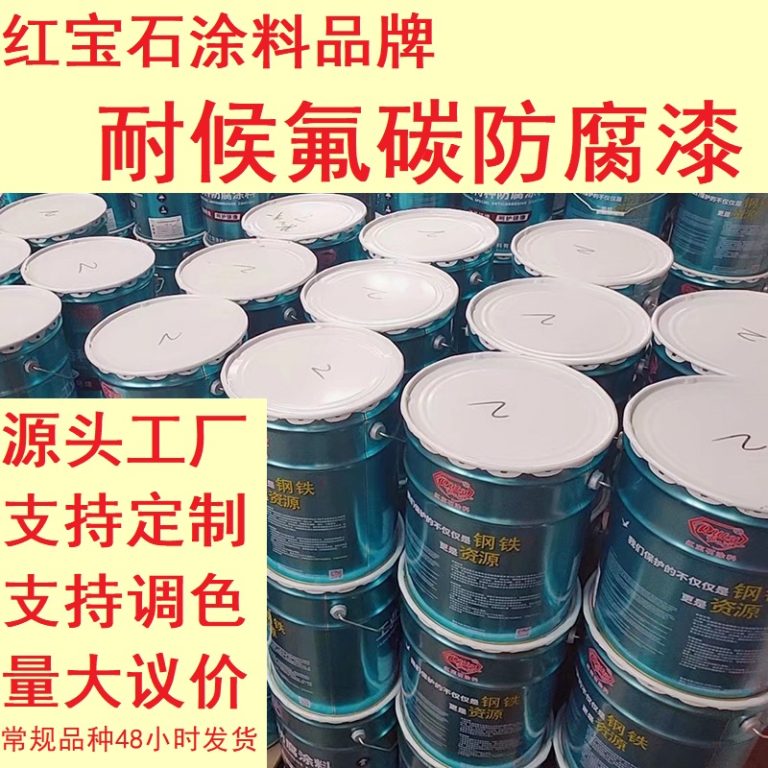Table of Contents
Comparing Durability: Fluorocarbon Coated vs. 100% Fluorocarbon Fishing Lines
Title: Comparing Durability: Fluorocarbon Coated vs. 100% Fluorocarbon Fishing Lines
In the world of angling, the choice of fishing line can be as crucial as the selection of the lure or the skill of the fisherman. Among the myriad of options available, fluorocarbon lines have gained popularity due to their numerous advantages over traditional monofilament and braided lines. However, within this category, anglers are often faced with a choice between fluorocarbon coated and 100% fluorocarbon lines. Understanding the differences in durability between these two types of lines is essential for making an informed decision that can significantly impact the success of a fishing trip.
Fluorocarbon coated lines are essentially a hybrid; they consist of a core made from another material, such as nylon, which is then coated with a layer of fluorocarbon. This design aims to combine the best attributes of both materials. The fluorocarbon coating provides a level of resistance to abrasion and offers a degree of the low visibility underwater that is characteristic of fluorocarbon. However, the durability of these lines is inherently linked to the thickness and quality of the coating. Over time, the coating can wear off, especially when subjected to the constant friction against underwater structures or the repeated stress of casting and retrieving. As the coating thins, the line becomes more prone to damage and may lose some of its initial advantages, such as reduced visibility and increased sensitivity.
On the other hand, 100% fluorocarbon lines are manufactured entirely from fluorocarbon compounds, which results in a line that is uniformly resistant to abrasion and less visible underwater throughout its entire length and lifespan. The absence of a weaker core material means that 100% fluorocarbon lines maintain their integrity and performance characteristics for a longer period. These lines are also impervious to the damaging effects of ultraviolet light and chemicals, which can degrade other types of lines. Consequently, anglers can expect a 100% fluorocarbon line to exhibit consistent durability over time, making it a reliable choice for those who fish in challenging conditions or target species that are known for their abrasive qualities.
Moreover, the inherent stiffness of 100% fluorocarbon lines can be both a benefit and a drawback. While it contributes to the line’s excellent hook setting power and sensitivity, it can also make the line more prone to memory, which is the tendency of the line to retain coils after being spooled. This can lead to issues with casting and line management. However, advancements in fluorocarbon technology have led to the development of formulations that are more manageable while still retaining the superior durability that anglers seek.
| Serial Nr. | Article Name |
| 1 | Epoxy Zinc rich paint |
In conclusion, when comparing the durability of fluorocarbon coated versus 100% fluorocarbon fishing lines, it is clear that each has its own set of advantages and potential drawbacks. Fluorocarbon coated lines offer a cost-effective solution with some of the benefits of fluorocarbon, but their durability is dependent on the longevity of the coating. In contrast, 100% fluorocarbon lines provide consistent and long-lasting performance, especially in terms of abrasion resistance and invisibility underwater. Ultimately, the choice between the two will depend on the specific needs and preferences of the angler, as well as the conditions under which they will be fishing. By carefully considering these factors, anglers can select the line that will best withstand the rigors of their fishing environment and help them achieve their angling goals.
Sensitivity and Performance: Analyzing Fluorocarbon Coated and 100% Fluorocarbon Lines
Title: Sensitivity and Performance: Analyzing Fluorocarbon Coated and 100% Fluorocarbon Lines
In the world of fishing, the choice of line can be as critical as the selection of bait or lure. Among the myriad options available to anglers, fluorocarbon lines have gained popularity due to their unique properties. However, within this category, there is a distinction to be made between fluorocarbon coated lines and those made from 100% fluorocarbon. Understanding the differences in sensitivity and performance between these two types of lines can significantly impact an angler’s success.
Fluorocarbon coated lines are essentially a hybrid; they consist of a core made from traditional nylon monofilament that is encased in a layer of fluorocarbon. This design aims to combine the best attributes of both materials. The fluorocarbon coating provides a measure of the line’s increased resistance to abrasion and a reduction in visibility underwater, which are inherent advantages of fluorocarbon. However, because the core is not fluorocarbon, these lines do not exhibit all the characteristics of a full fluorocarbon line.
On the other hand, 100% fluorocarbon lines are manufactured entirely from this material, which results in a denser and heavier line compared to both monofilament and fluorocarbon coated options. This density is a double-edged sword; it allows the line to sink faster and makes it less visible underwater, but it can also reduce casting distance and require a more careful handling to prevent the line from becoming too stiff or developing memory.
When it comes to sensitivity, 100% fluorocarbon lines are superior. The material’s properties allow for a more direct transfer of energy from the bait to the rod, enabling anglers to detect even the slightest nibbles. This heightened sensitivity is crucial when fishing in deep water or when targeting species known for their subtle bites. Conversely, the nylon core of fluorocarbon coated lines can dampen this sensitivity, making it more challenging to feel what is happening at the business end of the line.

Performance-wise, both types of lines have their place in an angler’s arsenal. Fluorocarbon coated lines offer a good compromise for those looking for some of the benefits of fluorocarbon without the higher cost associated with 100% fluorocarbon lines. They are easier to handle and work well for a variety of fishing techniques, especially topwater applications where the line’s buoyancy is beneficial.
However, for anglers who prioritize stealth and sensitivity, 100% fluorocarbon lines are the clear choice. Their refractive index is similar to that of water, making them virtually invisible to fish. This invisibility, combined with the line’s sensitivity, makes it an excellent choice for clear water conditions and for finicky fish that are easily spooked or hard to hook.
In conclusion, the decision between fluorocarbon coated and 100% fluorocarbon lines should be guided by the specific needs of the fishing situation. Anglers seeking a balance between cost and performance may lean towards fluorocarbon coated lines, while those in pursuit of maximum sensitivity and invisibility will likely opt for 100% fluorocarbon. Ultimately, understanding the nuances of each line type will empower anglers to make informed choices that enhance their fishing experience and increase their chances of a successful catch.
Cost-Benefit Analysis: Is 100% Fluorocarbon Worth the Investment Over Fluorocarbon Coated Options?
Title: Cost-Benefit Analysis: Is 100% Fluorocarbon Worth the Investment Over Fluorocarbon Coated Options?
In the world of fishing lines, the debate between using 100% fluorocarbon and fluorocarbon-coated options is a persistent one. Anglers often find themselves weighing the pros and cons of each, trying to determine which provides the best value for their investment. To make an informed decision, it is essential to understand the distinct characteristics and benefits that each type offers.
Fluorocarbon lines have gained popularity due to their near invisibility in water, which is a result of their refractive index being almost identical to that of water. This feature makes them an excellent choice for clear water conditions where fish are more line-shy. Additionally, fluorocarbon is denser than water, allowing it to sink faster and making it ideal for techniques that require the bait to be presented at deeper levels. Its resistance to abrasion and UV light also contributes to its durability, which means it can last longer than other types of line.
On the other hand, 100% fluorocarbon lines are not without their drawbacks. They are generally stiffer and have a higher memory than their coated counterparts, which can lead to more frequent tangles and knots. This stiffness also affects casting distance and may require anglers to adjust their techniques. Moreover, the cost of 100% fluorocarbon is significantly higher than other lines, which can be a deterrent for some, especially those who fish frequently and go through lines quickly.
Conversely, fluorocarbon-coated lines offer a compromise between the benefits of fluorocarbon and the affordability of other materials like nylon monofilament. These lines typically consist of a monofilament core with a fluorocarbon coating that provides some of the advantages of fluorocarbon, such as reduced visibility and increased abrasion resistance, without the full cost. The coating improves the line’s performance while maintaining the flexibility and lower memory of the monofilament core, which can enhance the angler’s experience with easier handling and casting.
However, the effectiveness of the fluorocarbon coating can vary, and it may wear off over time, especially with heavy use or when fishing around structures that can cause abrasion. As the coating wears, the line loses some of the characteristics that make fluorocarbon desirable, such as its low visibility and resistance to water absorption. This means that while the initial investment is lower, the line may need to be replaced more frequently, potentially negating the cost savings over time.
When considering whether 100% fluorocarbon is worth the investment over fluorocarbon-coated options, anglers must evaluate their specific needs and fishing conditions. If fishing in clear water where stealth is paramount, or if targeting species with sharp teeth or fishing around abrasive structures, the investment in 100% fluorocarbon may be justified. Its durability and performance characteristics could lead to more successful outings and fewer line replacements in the long run.
| No. | Product |
| 1 | Industrial paint |
In contrast, for casual anglers or those who fish in a variety of conditions, fluorocarbon-coated lines may be the more economical choice. They provide a balance of performance and cost, allowing anglers to enjoy some of the benefits of fluorocarbon without the higher price tag. Ultimately, the decision comes down to personal preference, budget, and the specific demands of the fishing environment.
In conclusion, both 100% fluorocarbon and fluorocarbon-coated lines have their place in the angler’s arsenal. By carefully considering the trade-offs between cost and performance, anglers can select the option that best aligns with their fishing style and goals, ensuring that their investment yields the greatest return in terms of both enjoyment and success on the water.




